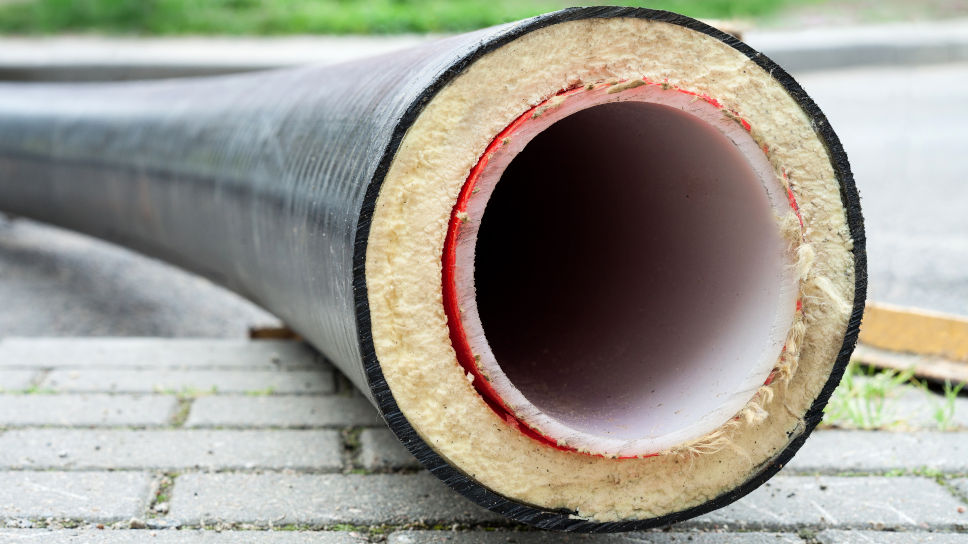Pipeline thermal insulations — when is it worth using them?
In the technical conditions concerning buildings and their location, you will find a note about the requirement to eliminate heat losses during hot-water flow, and losses in circulation, the supply and return pipes of central heating systems, and air-heating pipes. Heating hot-water and central-heating pipes determine, among others, the temperature of the hot water or the water in radiators, i.e., the comfort of living of residents.
The appropriate insulation of hot- and cold-water and central-heating pipes protects not only against heat losses, but also against mechanical damage. These result from friction against partitions under the influence of temperature changes in flowing water. In the case of floor pipes, it also reduces transmission-heat losses, causing a change in the temperature of the media supplied to heat receivers.
Pipe thermal insulation and its additional advantages
Pipe insulation protects not only against heat-escape, but also from condensation on the pipe's surface in the event of cold-water flow. It prevents water-vapour condensation, and mould and fungi formation. Furthermore, in the case of outdoor systems, it prevents freezing, which leads to a blocking of the flow in the system.
Pipe insulation — what material works best?
Foam tubing, available in different sizes, designs, and structures, is used for pipe protection. The most-important factor to take into account when selecting foam tubing is the material used to produce it. This material-type's thermal insulators are usually made of porous materials — glass or mineral wool, rubber, polystyrene, polyurethane, or polyethylene foam.
Polyurethane-foam tubing is most often used to insulate central heating and domestic-water pipelines. This material is resistant in the temperature range -50°C to 135°C, and has a low heat-transfer coefficient. Such a thermal insulator is rigid, and perfectly protects pipes from damage. Tubing made of polyurethane foam is distinguished by its high level of resistance to chemicals. It comes in a soft, hard, and super-hard versions.
Polyethylene foam is also well-suited for insulating straight pipelines. It is almost totally water-repellent, highly flexible, and easy to apply to pipes. It is resistant to temperatures ranging from -80°C to 105°C. A thin polyethylene foam will perfectly protect pipes from heat-escape.
Both polyurethane and polyethylene foam tubing protects pipes against contact with the ground, guarding against plaster damage. Moreover, its application eliminates the noise associated with the system’s operation. Thus, foam tubing prevents heat-escape and eliminates cost increases. It, moreover, improves safety, and provides greater comfort for residents.

 This website uses cookies. By using this website, you consent to the use of cookies in accordance with your browser settings.
This website uses cookies. By using this website, you consent to the use of cookies in accordance with your browser settings.